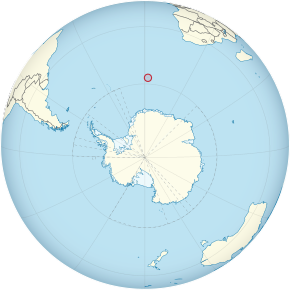A Whaler Comes into Port (1)
The visit to Sydney Cove in late 1792 of the ‘Chesterfield’, a badly damaged whaler, demonstrates the role of the settlement in providing support to emerging British commerce in the region.
Gary L. Sturgess
2/22/20253 min read
Until 1798, British whalers were not permitted to make their way into the western Pacific – with the exception of ships taken up for the Botany Bay trade. This situation changed in 1798, when legislation was passed further restricting the East India Company’s monopoly over the Indian and Pacific Oceans, and allowing British whalers to operate across a wider range of water.
Suddenly, in the second half of that year, five whalers put into Sydney Cove to wood and water, on their way to the west coast of Spanish South America. But in looking at the ships that came into Port Jackson throughout the 1790s, there was an anomaly – a small whaler named the Chesterfield, which arrived in November 1792.
The master was Matthew Bowles Alt, who had been a midshipman on HMS Sirius in 1787 and had gone home on the Second Fleet ship, the Neptune, in 1790. The Chesterfield had been fishing in the Great Southern Ocean, that vast stretch of water which beneath the southern continents. According to David Collins, the NSW Governor's official secretary:
'Mr. Alt spoke of meeting with very bad weather, and of his ship having thereby suffered such injury, that he was compelled on the representation of his people to put in here for the purpose of getting repairs. Indeed her appearance very amply justified their representations; and it was a wonder how she had swam so far, for her complaints must have been of very longstanding.' [1]
There is no question that they had run into heavy seas – it would be four months before the ship could sail again. But instead of returning to the whaling grounds of the Southern Ocean, Alt took up a government contract to carry stores to Norfolk Island and then sailed north in company with the Shah Hormuzear, a Bombay trader, passing through the Torres Strait on their way to Timor. According to some reports, the Chesterfield then made for Canton, which I have always found strange – what kind of whaler was this?
But in doing some research in the archives of the Dutch East India Company (the VOC) at the Hague, I finally got some answers.
The Chesterfield sailed from London in February 1792, making her way down into the South Atlantic. Alt later reported that they went fishing off Africa, whaling and catching seals at Thompson Island, an island which does not exist: he probably confused this phantom with Bouvet Island which lies at 54º South, close to where Thompson Island was supposed to be.
They fished in these waters over the next four or five months, twice making their way into the Cape for refreshments, and sailing to go fishing the second time in late October. They must have run into rough seas almost immediately, since it was less than a month later that they came into Port Jackson, badly damaged.
They spent four months there undertaking extensive repairs. We know from the cashbook of the Britannia, a storeship which had arrived in Sydney Cove four months earlier, that there were by this time quite a number of tradesmen selling their services to visiting ships – carpenters and coopers, plumbers and tinmen, ropemakers and nailmakers. [See Newsletter on the Britannia Cashbook.]
It is still unclear why Alt then took the decision to sail north – whaling crews were paid a share of the profits rather than wages, so they had no interest in transporting cargo. But they did not sail for China: when the Chesterfield left Timor on early October 1793, she went south to the Cape, arrivng there in early December. And when she left two weeks later, she went whaling once again in the Southern Ocean.
They finally returned to the Thames in October 1794, with little to account for the two and a half years she had been away – 54 tons of whale oil, 300 seal skins and some whale bones. (It is possible they had sold some of her oil at the Cape, Sydney or Timor.)
The Chesterfield was whaling in some of the most inhospitable waters in the world, so it is unsurprising that Alt found it necessary to take her into port for an overhaul. But it is interesting that he chose to take her into Port Jackson: he knew that the newly-established settlement had little to offer, but he must have been confident that there were tradesmen enough to service his vessel and make her seaworthy again.
_________
[1] David Collins, An Account of the English Colony in New South Wales, London, 1798, p. 256.


Location of Bouvet Island, where the Chesterfield went whaling & sealing
Contact us
Connect with us
Botany Baymen acknowledges the traditional custodians of country throughout Australia and respects their connection to land, water and community.
© Botany Baymen 2024. All rights reserved.
You may download, display, print and reproduce this content for your personal or non-commercial use but only in an unaltered form and with the copyright acknowledged.

